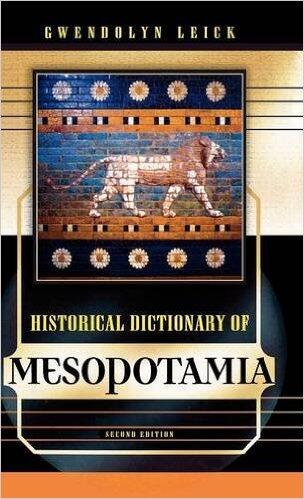The Greek name Mesopotamia means "land between the rivers." Romans used this term for the area between the Euphrates and Tigris rivers, from the south Anatolian mountains ranges to the Persian Gulf, which they controlled only briefly - between 115 and 117 A.D. It comprises the civilizations of Sumer and Akkad (third millennium B.C.) as well as the later Babylonian and Assyrian empires of the second and first millennium. Although the history of Mesopotamia in the strictest sense begins with the inscriptions of Sumerian rulers around the 27th century B.C., the foundation of the Mesopotamian civilization, such as the beginnings of irrigation and the emergence of large permanent settlements, was laid much earlier, in the fifth and fourth millennium.
This second edition of the Historical Dictionary of Mesopotamia defines the concepts, customs, and notions specific to the civilization of ancient Mesopotamia, from adult adoption to ziggurats. It contains a chronology, an introductory essay, a bibliography, appendixes, and hundreds of cross-referenced dictionary entries on religion, economy, society, geography, and important kings and rulers.

